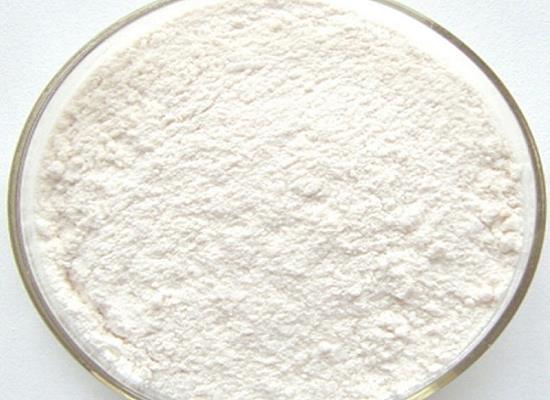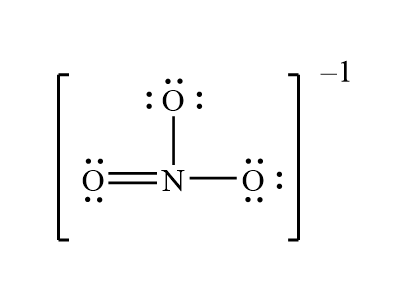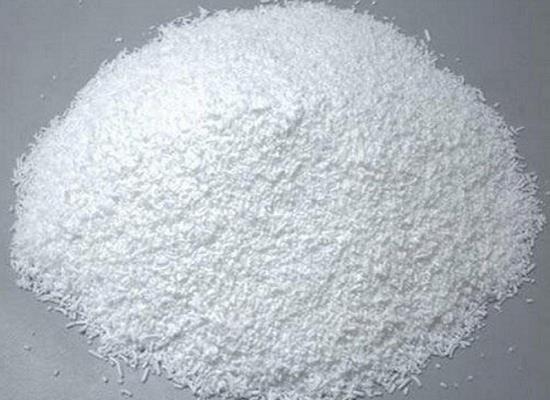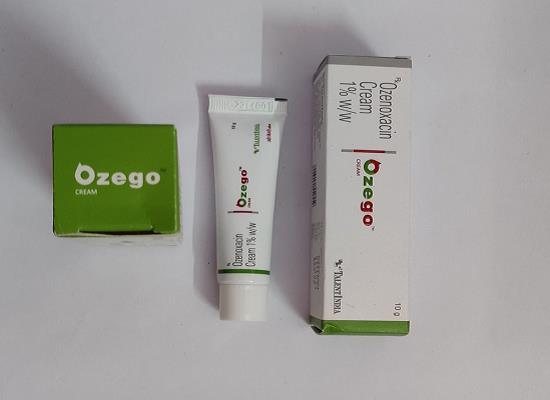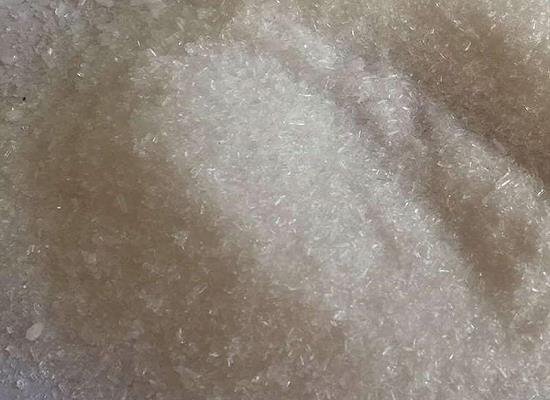Active Pharmaceutical Ingredients (API), popularly speaking, are the raw materials of medicines, only pharmaceutical raw materials are processed into pharmaceutical preparations , can they become medicines available for clinical use, so drugs we usually eat are the finished drugs through processing. Active Pharmaceutical Ingredients based on its sources can be divided into two major categories ,including chemical synthetic drugs and natural chemical drugs. Chemical synthetic drugs can be divided into organic synthetic drugs and inorganic synthetic drugs. Inorganic synthetic drugs are inorganic compounds ( very few is element), such as aluminum hydroxide, magnesium trisilicate which are used for the treatment of gastric and duodenal ulcers ; organic synthetic drugs are mainly composed of drugs made by basic organic chemical raw materials, through a series of organic chemical reactions (such as aspirin, chloramphenicol, caffeine, etc.). Natural chemical drugs ,based on its sources,can be divided into two categories including biochemical drugs and plant chemical drugs. Antibiotics are generally made by the microbial fermentation, which belongs to the biochemistry category. A variety of semi-synthetic antibiotics occurs in recent years,which are biosynthesis and chemical synthesis combining products.Among active Pharmaceutical Ingredients, the organic synthetic drugs varieties, yields and values have the largest proportion,which are the main pillars of the chemical and pharmaceutical industries. The quality of active Pharmaceutical Ingredients decides whether the formulation is good or bad , so its quality standards are very strict ,countries in the world have developed national pharmacopoeia standards and strict quality control methods for its widely used active Pharmaceutical ingredients.
2-Dimethylaminoisopropyl chloride hydrochloride: properties, applications and safety
2-Dimethylaminoisopropyl chloride hydrochloride is a white crystalline compound used in pharmaceutical synthesis, but it poses significant safety hazards and requires proper handling precautions.
Nov 17,2023 APIUses of Nitrate and Lewis structure
The Lewis structure of the nitrite ion is made up of a central atom, nitrogen (N), and three oxygen atoms (O), the outer atoms.
Nov 16,2023 APIStability of Nicotinamide riboside chloride and chemical properties of its derivatives
Nicotinamide riboside chloride (NRCl) is a potent form of vitamin B3. However, it cannot be used in ready-to-drink (RTD) beverages or high-water active foods due to its instability in water.
Nov 16,2023 APINAD+:Introduction;Biosynthesis;Metabolism in aging and disease
NAD+ metabolism has been linked to a variety of age-related diseases, mainly tumours, metabolic diseases, neurodegenerative diseases, and aging.
Nov 16,2023 APIThe uses and mechanism of action of Ibuprofen
Ibuprofen is the most commonly used and prescribed NSAID. It is a common over-the-counter medication widely used as an analgesic, anti-inflammatory, and antipyretic.
Nov 16,2023 APIPotassium di-tert-butyl phosphate: properties, applications and safety
Potassium di-tert-butyl phosphate is valuable for various applications, but requires strict safety measures.
Nov 16,2023 APIBiosensor detects NADH trimetabolite for disease monitoring
Nicotinamide adenine dinucleotide (NADH) plays a pivotal role in metabolism. Convenient detection NADH its related metabolites has pursuit point-of-care clinical analysis.
Nov 16,2023 APIOzenoxacin: mechanism of action, pharmacokinetic and clinical applications
Ozenoxacin is a potent topical antibiotic with high activity against Gram-positive bacteria, making it effective for various skin infections.
Nov 16,2023 API4-Amino-2-chloropyridine: properties, applications and safety
4-Amino-2-chloropyridine is a versatile compound used in pharmaceutical, agrochemical, and dye synthesis, but requires caution due to potential hazards.
Nov 16,2023 API1-Octadecene: applications and safety
1-Octadecene is a versatile compound with applications in ferrofluids, nanomaterial synthesis, and liquid chromatography, but it can cause skin irritation.
Nov 16,2023 API



